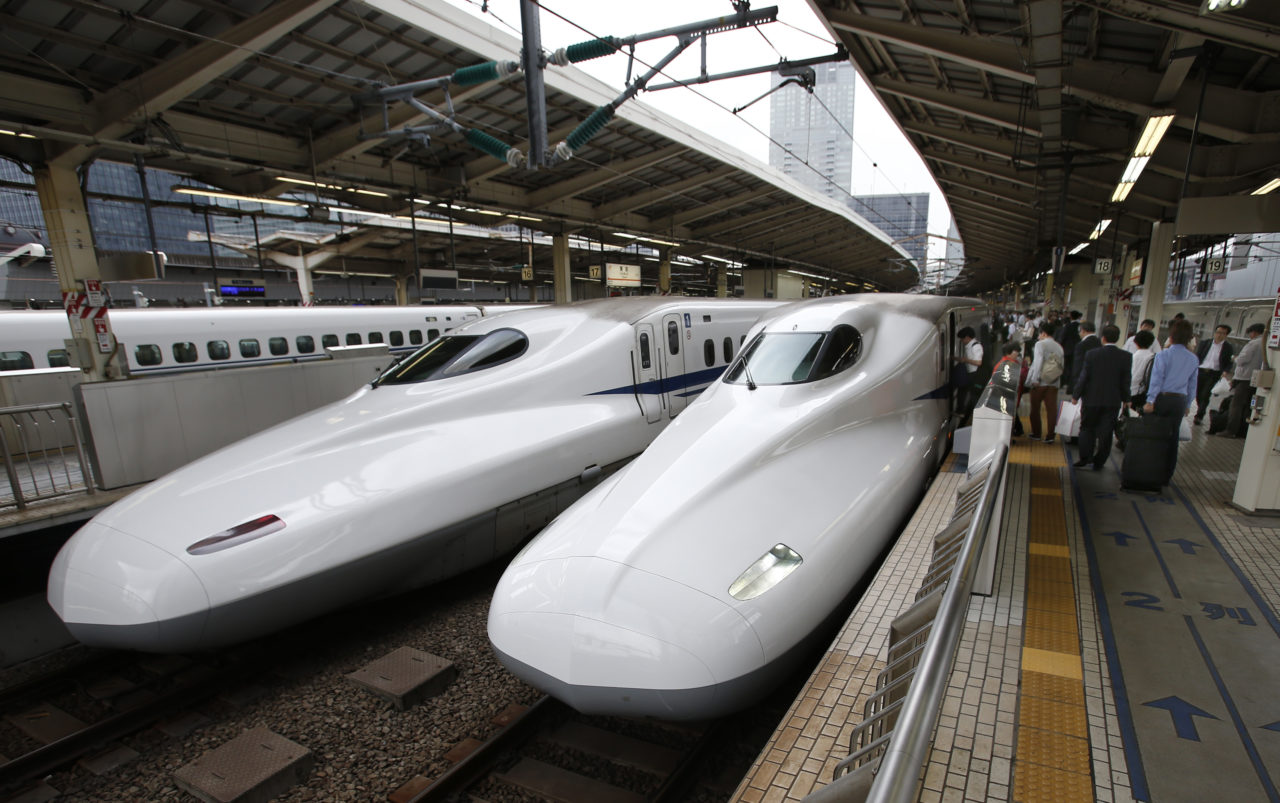
Vietnam’s north-south high-speed railway is expected to cost $58 billion, according to a feasibility report released at a meeting Tuesday.
The 1,545-kilometer route from Hanoi to Ho Chi Minh City will have double standard-gauge tracks of 1.435-m width and 23 stations, according to a consultancy consortium comprising Vietnamese firms TEDI, TRICC and TEDIS.
It will adopt the distributed traction technology used by Japanese high-speed trains.
Sixty percent of the tracks will be on viaducts, 10 percent underground and 30 percent on the surface, completely protected by fencing and without a single crossing.
Two sections – from Hanoi to the central city of Vinh and from the central city of Nha Trang to HCMC – will be built first in 2020-2030 at a cost of $24 billion, and commercial operations are likely to begin in 2032.
All sections are expected to be completed and operational by 2040-2045. Transport time from Hanoi to HCMC will be eight hours, while the current train takes 24 hours.
The speed of the trains on the route would determine the attractiveness of the project, the report said, explaining that if it runs at 200 kilometers an hour, it would only account for 2.7 percent of the transportation share on the Hanoi – Nha Trang section.
But if it increases to 350 kilometers, the share could reach 14 percent and the railroad could compete with airlines, it said.
The proposal is for trains to run at 160-200 km speed after the first section is complete, and 350 km when the entire project is finished.
At the meeting, Deputy Minister of Transport Nguyen Ngoc Dong said this feasibility report would be considered by authorities before being scrutinized by a European consultancy.
“The transport ministry will invite bids to select that consultancy.”
Efficiency unclear
Experts at the meeting said the consultants need to make the projects’ financials clear.
It should be divided into smaller sections to improve efficiency instead of the three large sections proposed now, Dr Nguyen Ngoc Long, deputy chairman of the Vietnam Bridge and Road Association, said.
“Whatever option is selected, the infrastructure must allow a speed of 350 kilometers an hour.”
Vu Hoai Nam, head of the urban railway faculty at the National University of Civil Engineering, said the feasibility report does not have a risk analysis.
“If there is no detailed analysis of the ability to recover the investment, clearance and exchange rate fluctuations, the risk will be high.”
The railroad would impact the passenger shares of airlines, putting pressure on the economy, and that should be taken into account, he added.
Revived
The north-south high-speed railroad was recently revived after being rejected by the National Assembly in 2010 due to its $56-billion price tag, which was half of Vietnam’s GDP then.
If approved by the government now, it will be submitted to the house again next year.
Experts said it might be more favorably viewed by the NA as well as the public due to Vietnam’s better financial position and greater demand for advanced infrastructure.
The existing 3,000-kilometer railroad network has not received any major investment since it was built 140 years ago, and does not have the capacity for high speeds.
Investment in railways currently accounts for only one percent of the transportation sector’s total budget.
The NA approved a plan earlier this month to upgrade it at a cost of $300 million.

